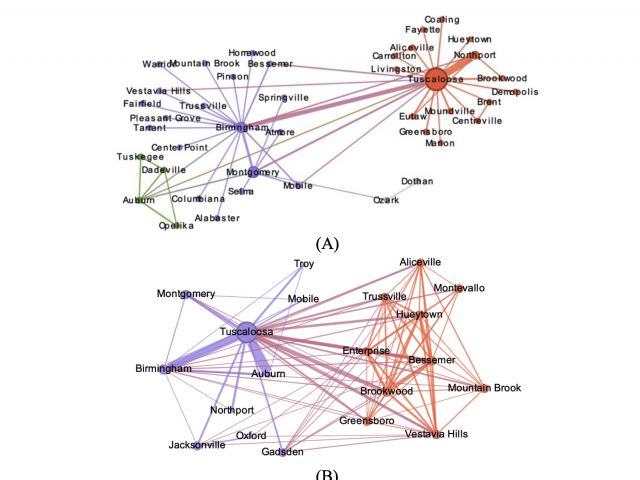
News deserts, geographical areas with little or no local news due to a lack of resources or news organizations, pose challenges to civic engagement and democratic life (Abernathy, 2023). Local news not only documents events but also shapes public perception of space and place in particular times by connecting geographic locations through stories. This paper proposes a framework linking news deserts to psychological distance using Construal-Level Theory (CLT) (Trope & Liberman, 2010). This study conducts a literature review-based conceptual analysis, integrating news desert research with psychological distance research. A preliminary case study of news articles illustrates the framework using city co-mention networks. CLT defines psychological distance as the perceived closeness of events across spatial, temporal, social, or hypothetical dimensions. City co-mention networks show how news reduces distance by situating events concretely, while deserts expand distance, rendering issues abstract and less urgent. News deserts emerge not only as gaps in supply but as psychological deserts, where weak or absent linkages isolate places and diminish engagement. Psychological distance reframes news deserts as both structural and experiential. This perspective enables new research agendas, including quantifying psychological distance, defining psychological deserts, comparing across outlets, and linking textual patterns to audience perceptions.
* This paper is an outcome of GMU's Undergraduate Research Scholars Preogram (URSP) sponsored by the Office of Student Creative Activities and Research (OSCAR). The 1st author, Tugce Gundogdu, is the URSP student for Fall 2025.